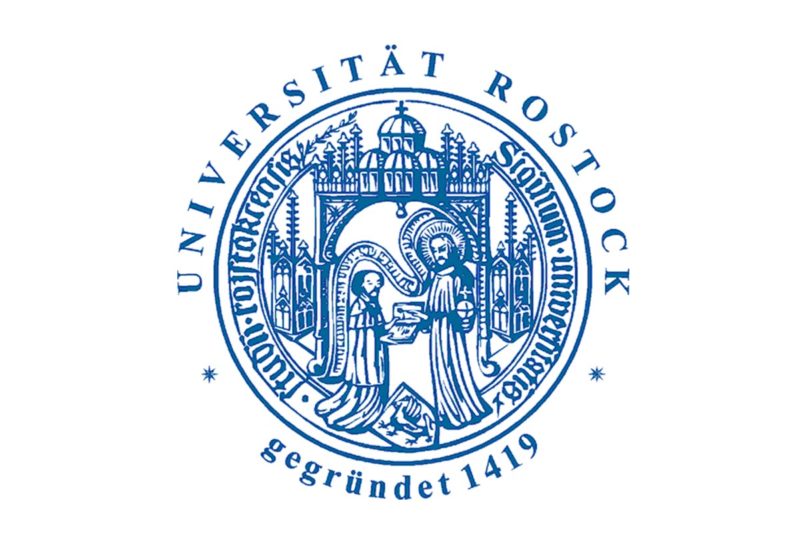Condor: A Code Discriminator Integrating General Semantics with Code Details
LLMs demonstrate significant potential across various software engineering tasks. However, they still face challenges in generating correct code on the first attempt when addressing complex requirements. Introducing a discriminator to select reliable outputs from multiple generated results is an effective way to enhance their reliability and stability. Currently, these discriminators fall into two categories: execution-based discriminators and non-execution-based discriminators. Execution-based discriminators face flexibility challenges due to difficulties in obtaining test cases and security concerns, while non-execution-based discriminators, although more flexible, struggle to capture subtle differences in code details. To maintain flexibility while improving the model's ability to capture fine-grained code details, this paper proposes Condor. We first design contrastive learning to optimize the code representations of the base model, enabling it to reflect differences in code details. Then, we leverage intermediate data from the code modification process to further enrich the discriminator's training data, enhancing its ability to discern code details. Experimental results indicate that on the subtle code difference dataset (i.e., CodeNanoFix), Condor significantly outperforms other discriminators in discriminative performance: Condor (1.3B) improves the discriminative F1 score of DeepSeek-Coder (1.3B) from 67% to 73%. In discriminating LLM-generated outputs, Condor (1.3B) and Condor (110M) raise the Pass@1 score of Meta-Llama-3.1-Instruct (70B) on the CodeNanoFix dataset from 52.64% to 62.63% and 59.64%, respectively. Moreover, Condor demonstrates strong generalization capabilities on the MBPP and APPS datasets. For example, Condor (1.3B) improves the Pass@1 of Meta-Llama-3.1-Instruct (70B) on the APPS dataset by 147.05%.


